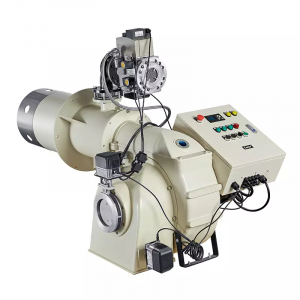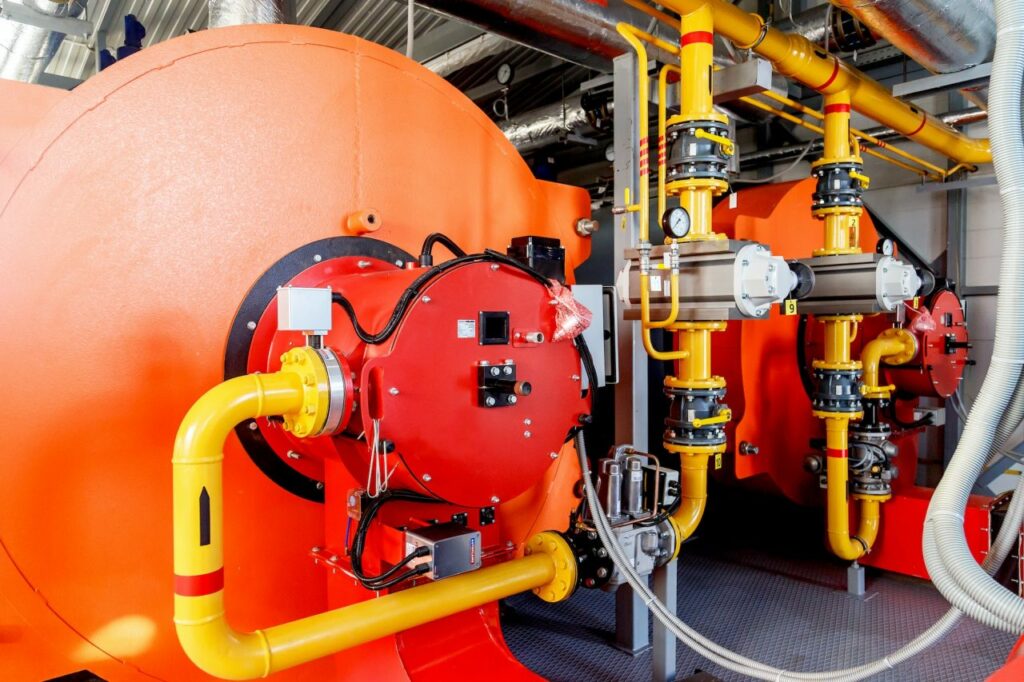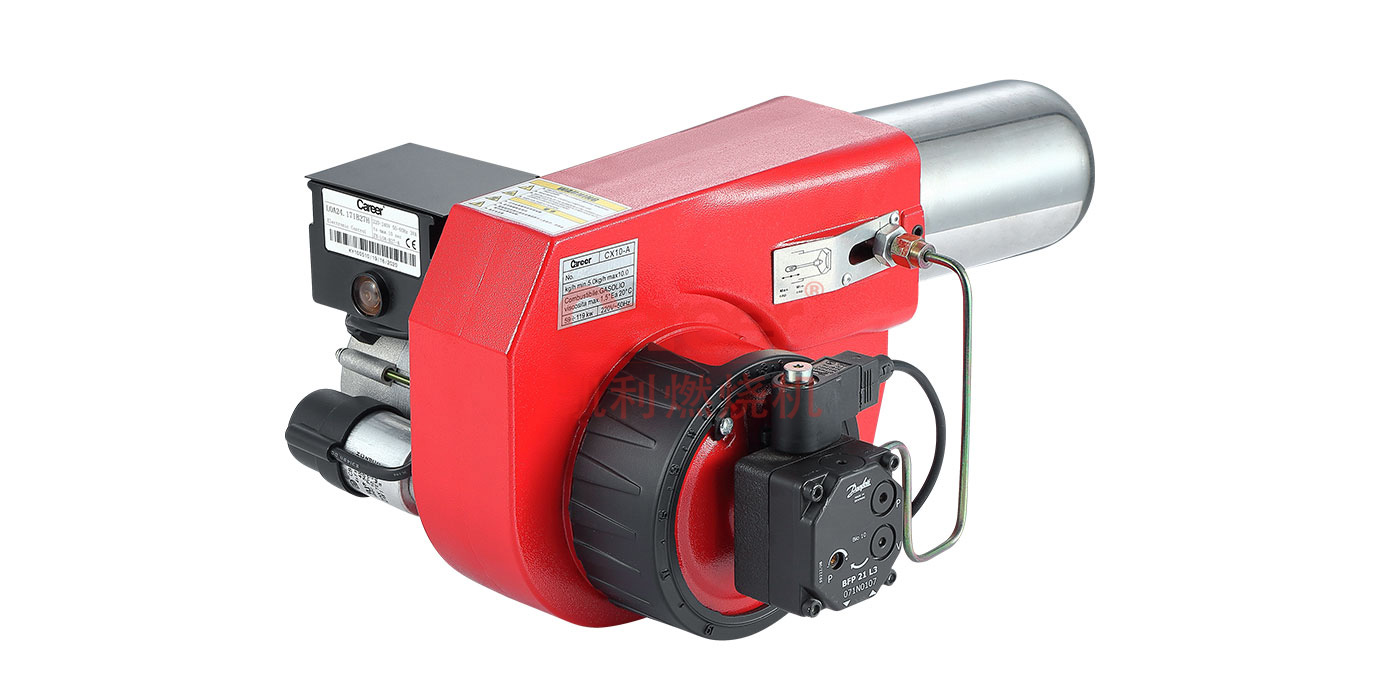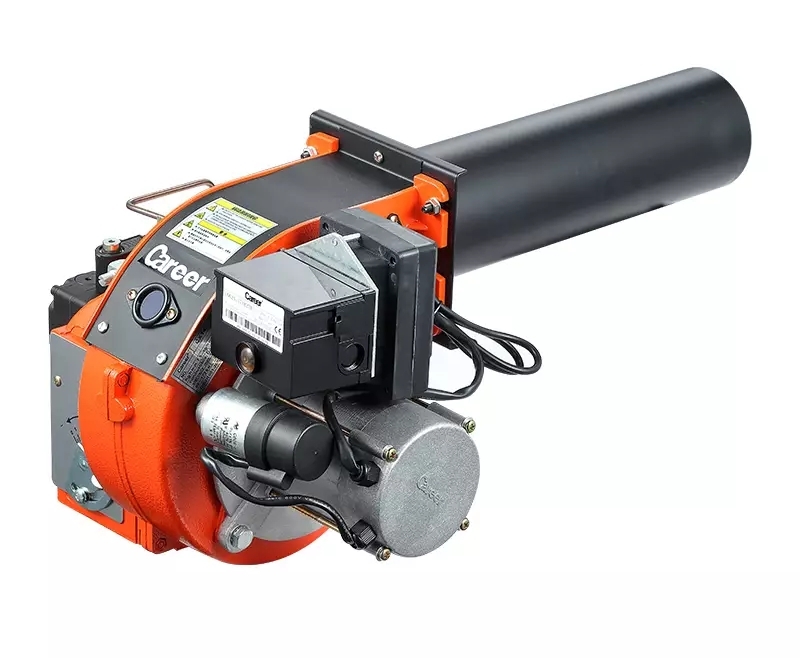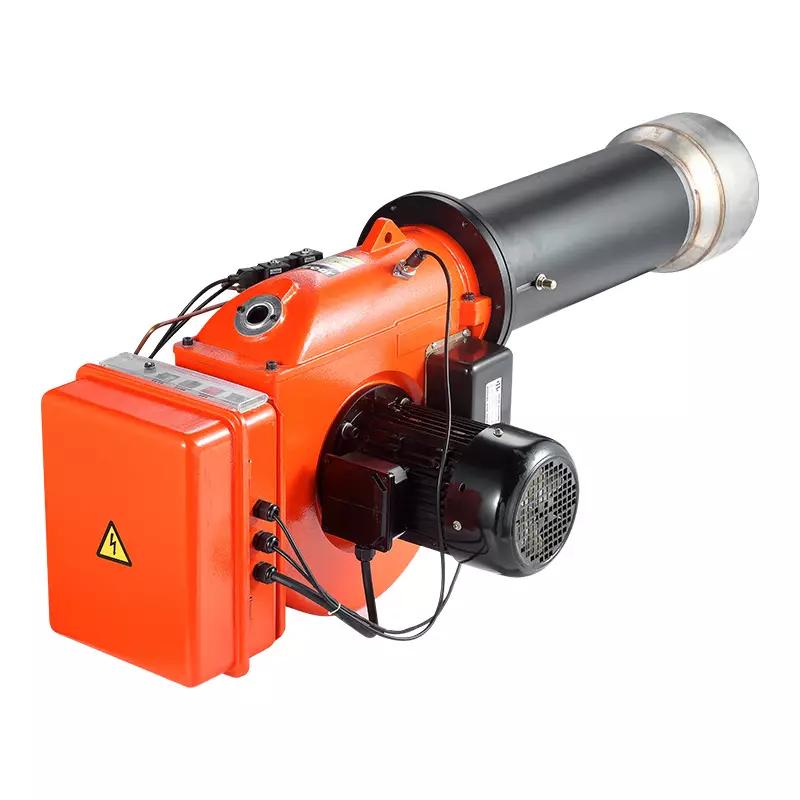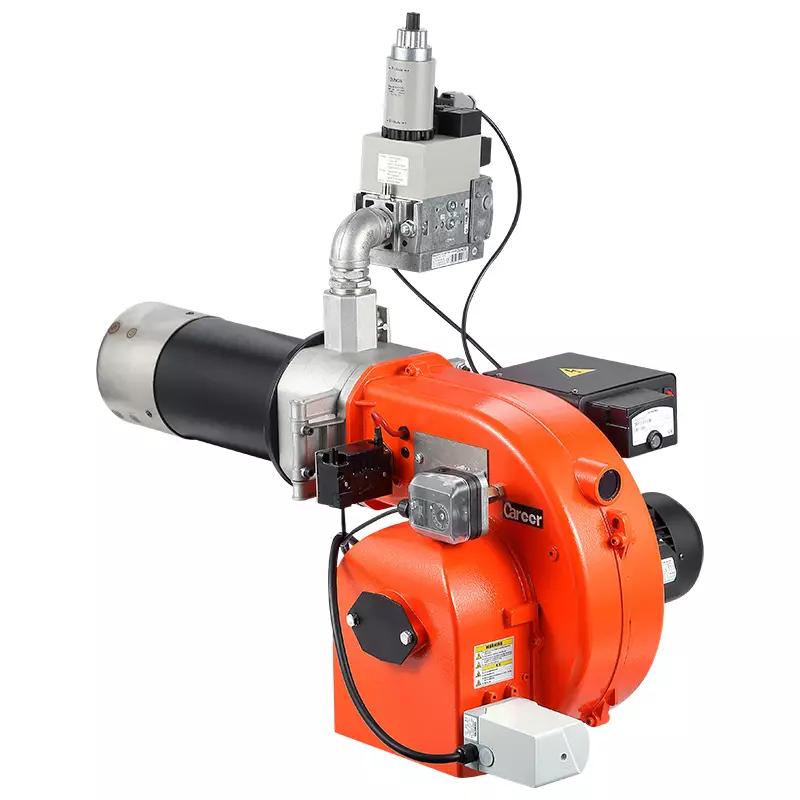At Career Burner, we specialize in developing advanced low NOx burner technologies that comply with stringent environmental regulations while ensuring high combustion efficiency. As industries increasingly focus on reducing their environmental footprint, our innovations play a crucial role in achieving these goals. Two key techniques we incorporate into our low NOx burner designs are fuel staging and air staging, both essential for significantly lowering nitrogen oxide emissions, a major contributor to air pollution. Fuel staging involves the controlled introduction of fuel in multiple stages during combustion, allowing for a more complete and efficient burn, which minimizes peak flame temperatures and reduces nitrogen oxide formation.
Table of Contents
ToggleAir Staging for Enhanced Combustion
Similarly, air staging optimizes the introduction of air at different points in the combustion cycle, enhancing the mixing of fuel and air for more uniform combustion. In this article, we will delve deeper into how these innovative methods function within our burner systems, highlighting their effectiveness in meeting regulatory standards while improving overall performance. By understanding these advanced techniques, you’ll gain insight into how our burners contribute to cleaner, more efficient combustion processes.
Understanding Fuel Staging Technology
Fuel staging is a combustion control method where we divide the fuel supply into multiple zones within our low NOx burner. The primary combustion zone receives a portion of the fuel to establish a stable flame, while secondary fuel injection points are strategically placed to complete the combustion process. This staged approach prevents the formation of localized hot spots that typically generate high NOx levels. Our burners implement precise fuel distribution controls to optimize this process.
The Science Behind Air Staging
Air staging complements fuel staging by carefully controlling oxygen availability during combustion. In our low NOx burner systems, we introduce combustion air in precisely measured stages rather than all at once. The primary combustion zone operates with a carefully controlled air deficiency, creating a reducing atmosphere that limits NOx formation. Additional air is then introduced downstream to complete combustion while keeping temperatures below NOx formation thresholds.
Combined Benefits in Our Burner Systems
Our low NOx burner designs combine both fuel and air staging to achieve emission levels as low as 30mg/Nm³ while maintaining excellent thermal efficiency. Available in capacities ranging from 1400-3000 kW, these burners are ideal for industrial boilers, power plants, and other applications requiring clean combustion. The staged combustion approach also improves flame stability and extends equipment lifespan.
Conclusion
Fuel staging and air staging represent sophisticated combustion control methods that make our low NOx burner systems both environmentally compliant and highly efficient. By carefully managing fuel and air distribution throughout the combustion process, we achieve significant reductions in harmful emissions without sacrificing performance. For industries seeking to meet stringent environmental standards, our staged combustion burners provide an effective solution that balances regulatory compliance with operational excellence. Contact Career Burner to learn how our low-emission technologies can benefit your operations.

